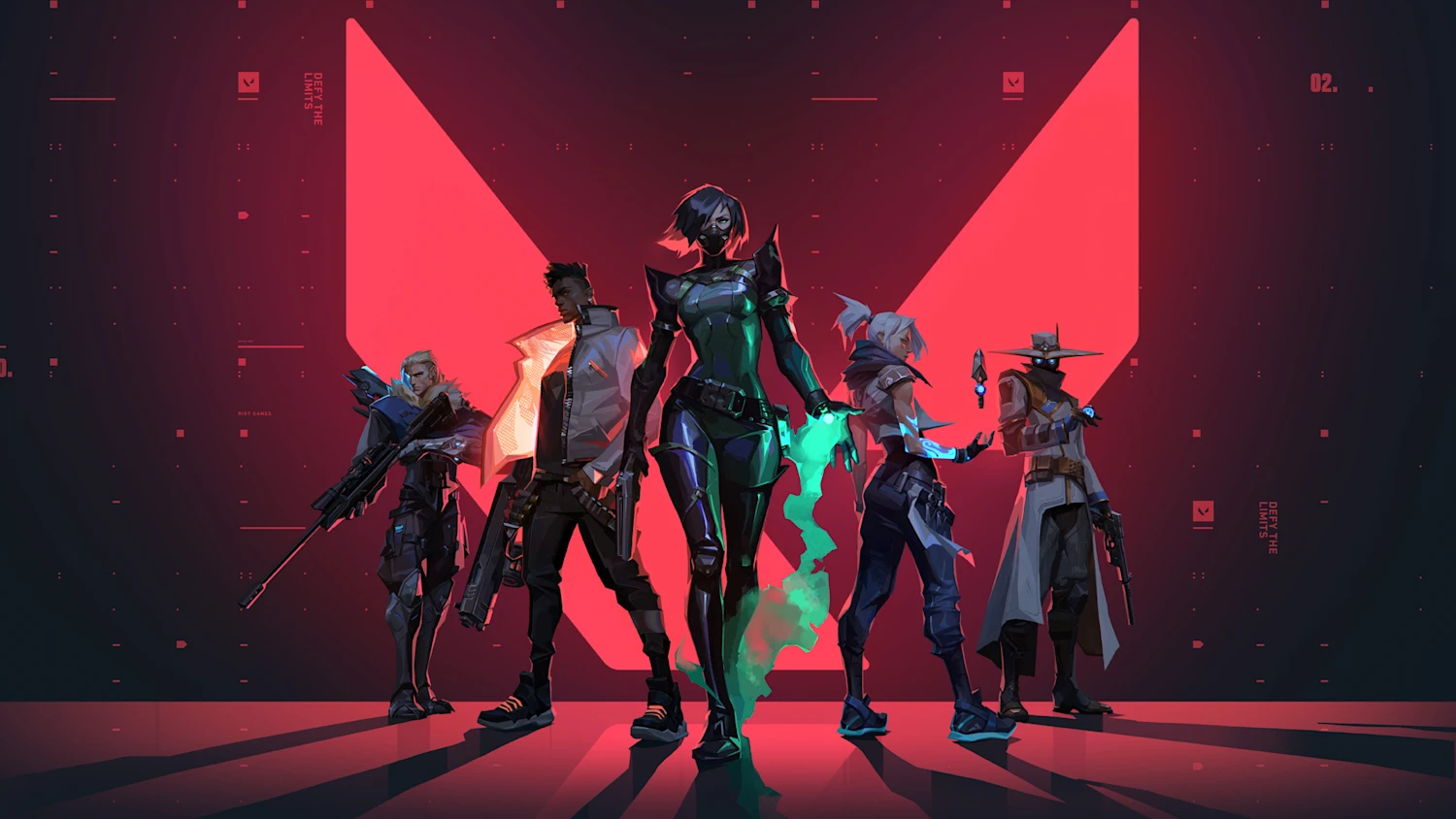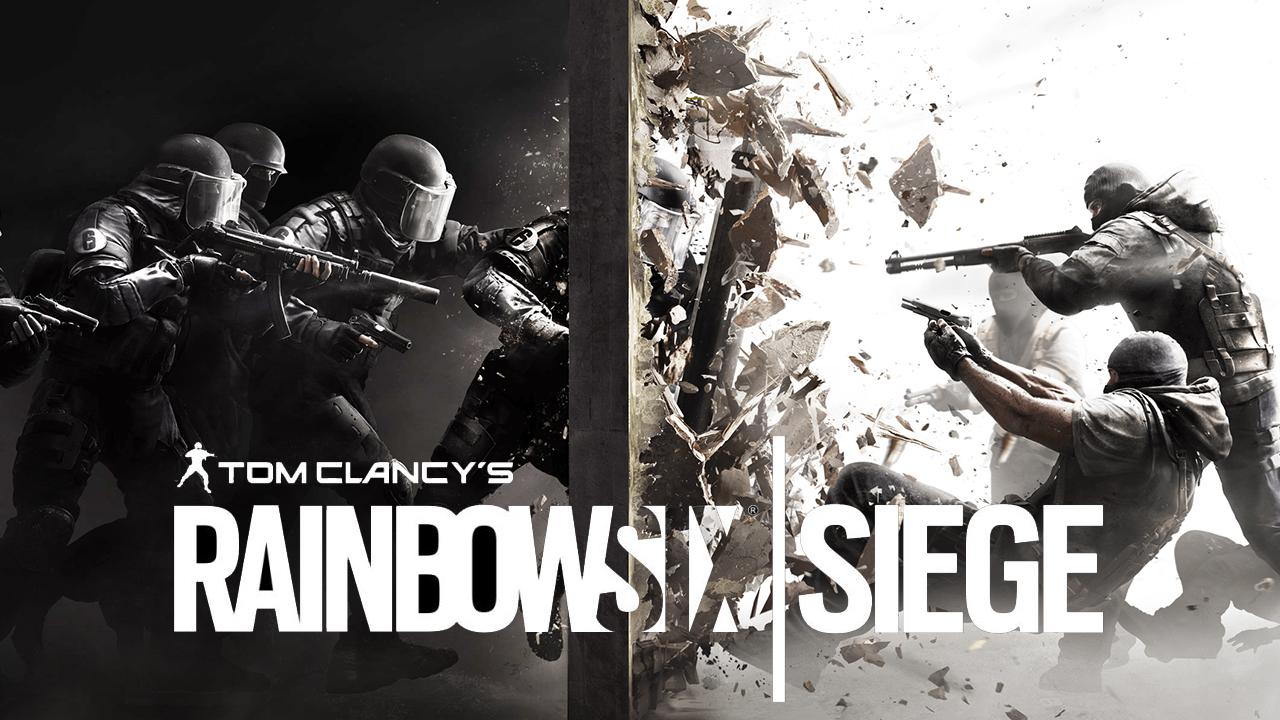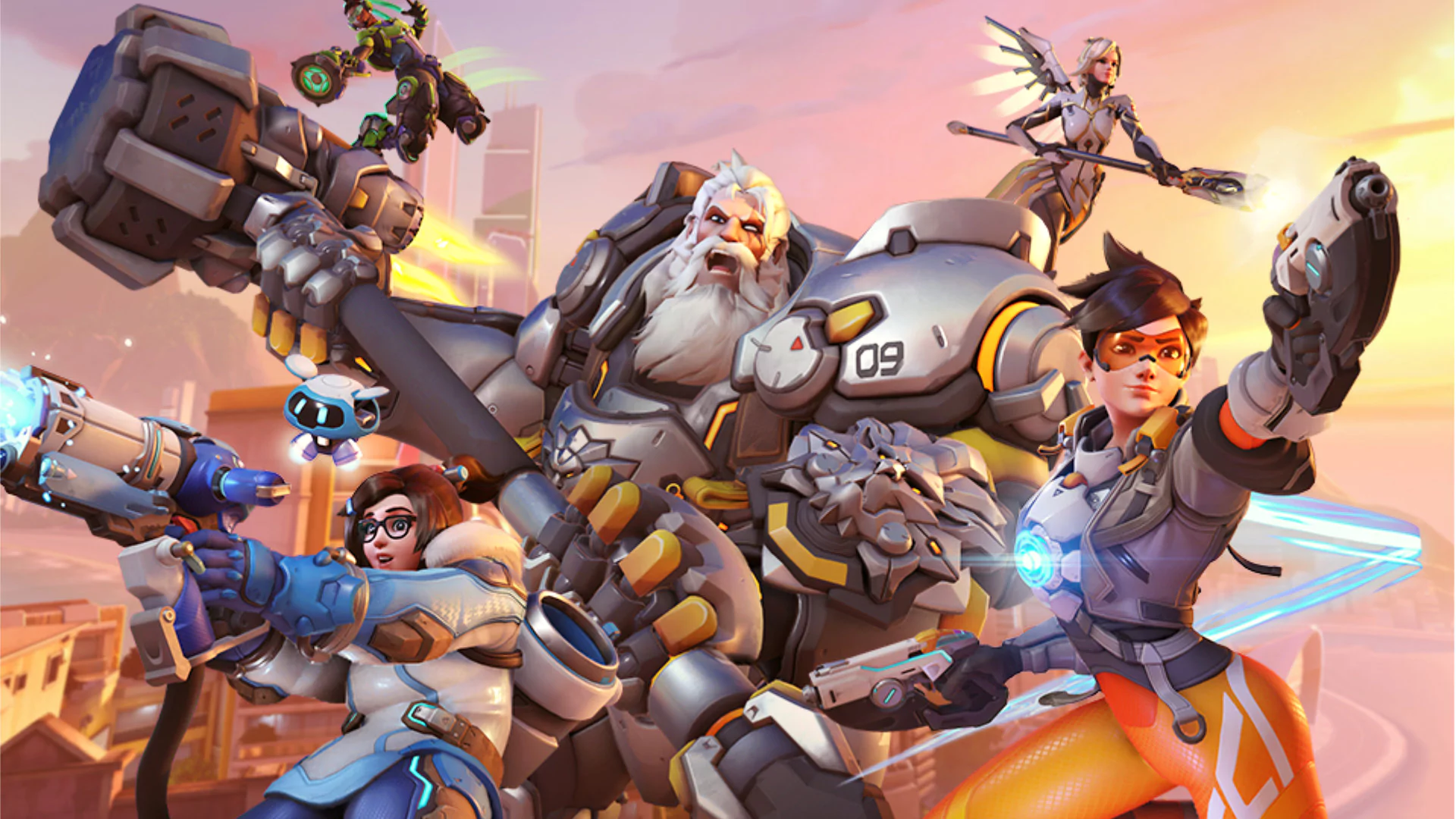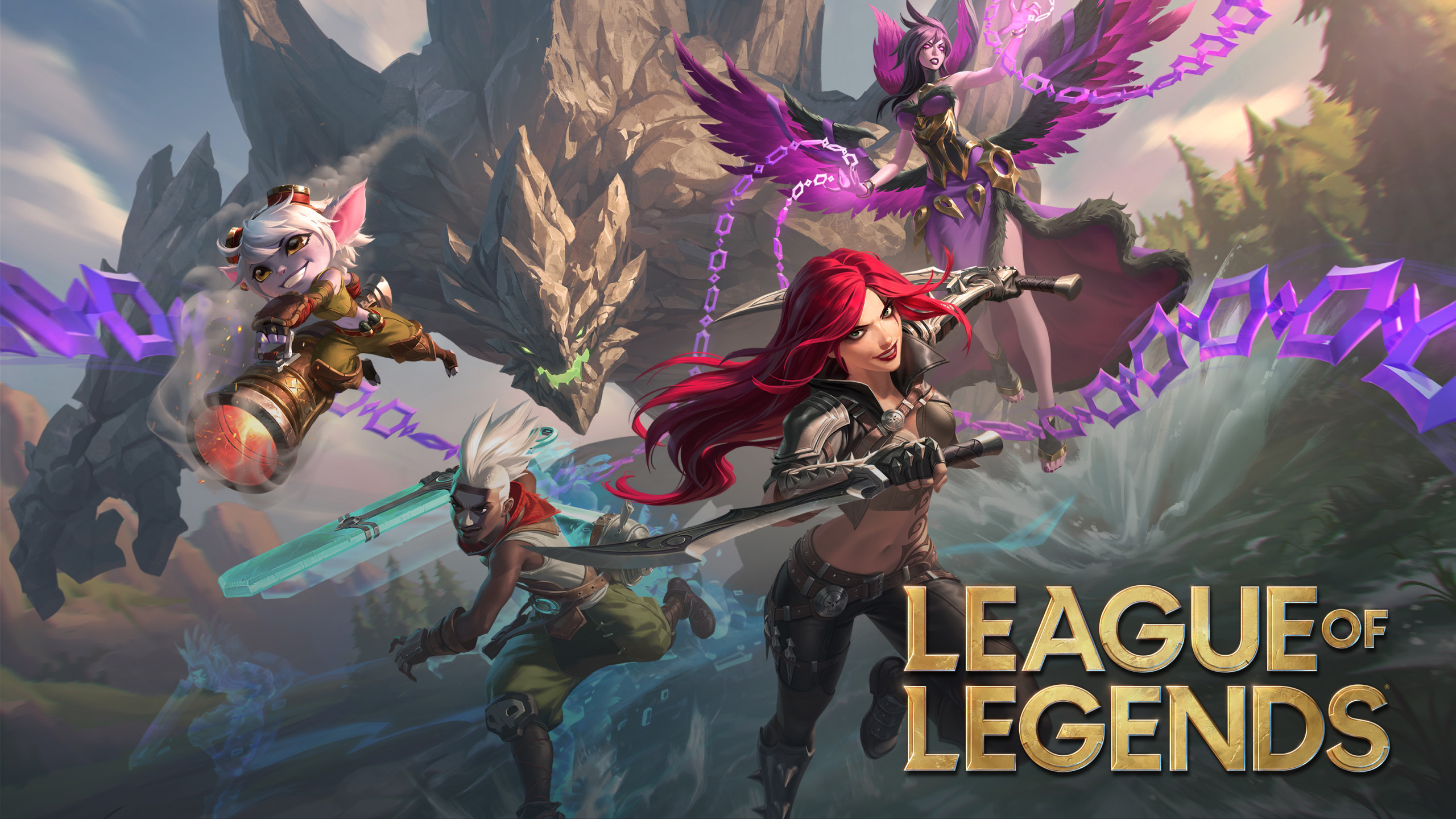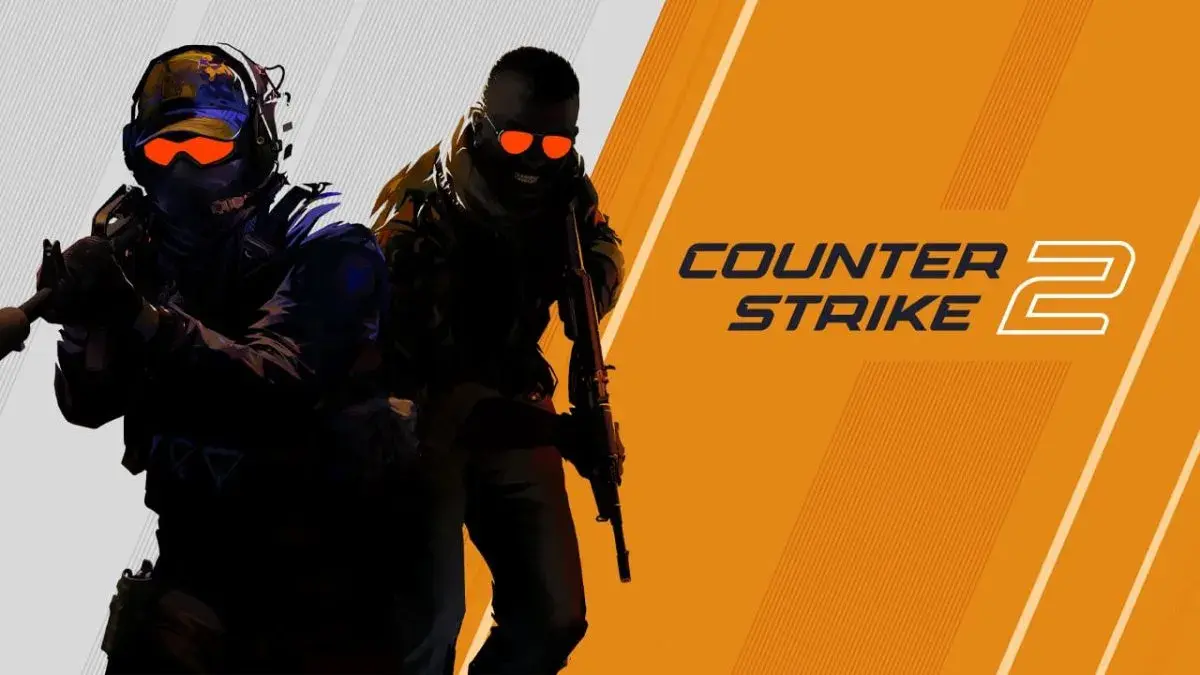You can have perfect aim, flawless utility usage, and deep game sense, but without effective communication, you'll lose to worse players who coordinate better. In Valorant, communication isn't optional – it's the foundation of competitive success.
The difference between a chaotic team and a coordinated squad isn't mechanical skill; it's how information flows between players. This guide will teach you the communication fundamentals that separate casual ranked teams from organized competitors.
Introduction
According to Riot's competitive data, teams with clear communication protocols win 23% more rounds than mechanically equal teams with poor comms. Yet most players never learn proper communication – they either over-communicate (drowning out critical information) or under-communicate (leaving teammates guessing).
Effective Valorant communication has four pillars: standardized callouts everyone understands, clear in-game leadership that prevents mid-round chaos, positive communication culture that maintains team mental, and structured comms protocols that ensure the right information reaches teammates at the right time.
This guide will break down each pillar with actionable frameworks you can implement immediately. Whether you're building a 5-stack or improving solo queue coordination, these communication principles will transform your team's performance. While finding teammates who communicate effectively can be challenging, platforms like Jynx make it easier by letting you filter for players who share your communication preferences through swipe-based discovery.
Mastering Valorant Callouts
Callouts are the language of tactical shooters. Without standardized callouts, you're essentially playing with a team that doesn't speak the same language.
Essential Callout Principles
Be specific, not descriptive: Say "Two Heaven pushing" not "There are enemies up on that elevated platform above the site." Specificity saves lives.
Use map-standard terms: Every map has community-accepted callout names. Learn them. "Elbow" on Bind means something specific – don't invent "that corner thing near showers."
Include numbers and direction: "Three B main pushing" gives more actionable information than "B site." Your team needs to know how many and their momentum.
State what you know, not assumptions: "Jett dashed A short" is a callout. "They're probably doing a split A" is speculation that clutters comms.
Map-Specific Callout Essentials
Every map has critical callouts you must know:
Haven (A Site): A Long, A Short, A Sewers, Heaven, Hell Bind (B Site): B Long, B Short, Hookah, Elbow, Garden Ascent (Mid): Mid Catwalk, Mid Courtyard, Mid Pizza, Mid Link Split (General): A Ramps, B Main, Mid Vent, Mid Mail
When you join a team or match, quickly establish that everyone uses the same terms. A 30-second "Let's confirm callouts" prevents confusion during crucial rounds.
Advanced Information Layering
Basic players state enemy locations. Advanced players provide tactical context:
Layer 1 - Location: "Two A main" Layer 2 - Timing: "Two A main, 1:20 on timer, slowly clearing" Layer 3 - Context: "Two A main, 1:20, clearing methodically – feels like default not execute"
The difference? Layer 3 lets your IGL make better strategic decisions about rotations and defensive adjustments.
In-Game Leader (IGL) Basics
Every team needs an IGL – someone making final strategic calls mid-round. Without clear leadership, you get conflicting calls that create hesitation and indecision.
What Makes a Good IGL
The best IGLs aren't always the best players. Look for these traits:
Decisive under pressure: Makes a clear call even when information is incomplete. A mediocre decision executed together beats perfect strategy with hesitation.
Reads opponent tendencies: Notices patterns like "They've played B three rounds straight, probably rotating to A." Game sense matters more than mechanics for IGLs.
Clear, calm communication: Doesn't panic, rage, or tilt. Maintains measured tone even during 2v5 retakes.
Willing to adjust: Adapts strategies when initial plan isn't working. Stubbornness loses games.
Basic IGL Responsibilities
Your IGL should handle:
Pre-round setup: "Default spread, wait for info" or "We're executing A with smokes at 1:15."
Mid-round pivots: "They're stacking B, swing back to A" or "Hold positions, they're saving."
Post-plant calls: "Triangle setup, I'll play time from Truck, Sova holds plant."
Economic decisions: "Eco this round, full buy next" or "Half buy, we need three wins for full."
This is where smart matchmaking platforms help—by letting you specify your IGL preferences and matching you with teammates who complement your leadership style rather than everyone trying to lead simultaneously.
Secondary Caller System
Good teams have a primary IGL and a secondary caller (usually the player with best reads on opponent patterns). Structure it as:
Primary IGL: Makes strategic calls and has final say on disagreements Secondary caller: Provides reads and suggestions, takes over IGL duties if primary is in clutch situation
This prevents the common problem of "too many cooks" where three people make conflicting calls mid-round.
Maintaining Positive Communication Culture
Mechanical skill gets you kills. Communication wins rounds. But toxic communication loses games before they start.
The Toxicity Spiral
Here's how teams implode:
- Someone makes a mistake
- Teammate criticizes harshly
- Criticized player becomes defensive or tilted
- Performance drops across entire team
- More mistakes lead to more blame
- Team mental collapses
Breaking this cycle requires deliberate communication culture.
Constructive Communication Framework
Replace blame with information and solutions:
Don't say: "Why would you peek that? So stupid." Instead say: "No worries, let's trade better next time. I'll position closer to refrag."
Don't say: "You're throwing, your aim is awful today." Instead say: "Rough game, happens to everyone. Want to run some deathmatches after this?"
Don't say: "If you hadn't missed that, we would've won." Instead say: "Close round, their timing was just better."
Notice the pattern? Constructive communication focuses on future solutions, not past blame.
Positive Reinforcement Impact
Teams that celebrate small wins consistently outperform equally skilled teams with neutral/negative culture:
- Hype clutches: "Huge play!" even for simple 1v1s
- Acknowledge good calls: "Smart rotate call" reinforces decision-making
- Support after mistakes: "Unlucky, we'll get the next one" maintains mental
- Credit teammates: "Nice trade" acknowledges supportive plays, not just kills
This isn't being soft – it's being smart. Players perform better when they're confident, and confidence comes from supportive teammates.
Red Flag Communications to Eliminate
If you hear these from potential teammates, consider it a warning sign:
- Blaming teammates repeatedly
- Bringing up past mistakes multiple rounds later
- Backseat gaming ("You should've..." constantly)
- Passive-aggressive comments ("Nice whiff")
- Rage quitting comms (going silent after dying)
These behaviors are team killers. Address them directly or remove the player.
Clear Comms Protocols
The best teams don't communicate more – they communicate better through structured protocols.
Essential Comms Protocols
Clutch silence: When teammates die in a 1vX, shut up unless you have critical info the clutcher doesn't have (enemy location they didn't see). Backseating destroys clutches.
Dead players stay quiet: You have less information than alive teammates. Share what you saw when you died, then be quiet unless asked.
One voice during executes: During site executes, only the IGL should be talking except for critical enemy callouts. Chatter creates chaos.
Economy discussion before buy phase: Decide economy in the 10 seconds after previous round ends, not during buy phase when you should be discussing strategy.
Information Priority System
Not all information is equally urgent. Train your team to prioritize:
Tier 1 - Immediate threats: "Jett pushing our position NOW" Tier 2 - Enemy locations: "Saw Omen Paranoia from B" Tier 3 - Utility tracking: "Chamber trip broke A long" Tier 4 - Strategic suggestions: "Maybe we should rotate?"
Tier 1 interrupts anything. Tier 4 waits for appropriate moments.
Comms Fatigue Management
Over-communication is as bad as under-communication. Prevent fatigue by:
Default comms vs execute comms: During defaults, minimal chatter. During executes, targeted callouts only.
Post-round silence: Take 5-10 seconds after each round for mental reset. Constant analysis creates stress.
Strategic timeout usage: Use tactical timeout not just for strategy, but to reset team comms and mental state.
Ready to find your perfect gaming squad? Jynx uses swipe-based discovery to help you quickly find teammates who share your communication style—whether you prefer constant callouts or focused strategic comms only. Filter by verified rank, agent preferences, and communication preferences.
Solo Queue Communication Adaptation
You can't control random teammates, but you can optimize your communication for solo queue success.
First Round Assessment
Use Round 1 to assess team communication:
- Who's talking? Identify potential IGL
- What's the energy? Positive, neutral, or toxic?
- Callout clarity? Are they using standard terms?
- Responsiveness? Do they react to your calls?
Adjust your communication style based on what you learn.
Becoming the Positive Leader
If nobody's leading, fill the void:
- Make clear, confident calls
- Stay positive regardless of score
- Ask questions: "What do you all think about A execute?"
- Encourage teammates: "Nice try" after failed clutches
You'd be surprised how often one positive communicator transforms a silent team into a coordinated unit.
When to Mute
Sometimes muting is correct:
- Actively toxic players after one warning
- Backseat gamers who won't stop
- Constant complainers dragging mental down
Don't feel guilty about muting toxicity. Protecting your mental is more important than hearing their callouts.
How Jynx Helps Find Communication-Compatible Teammates
Traditional LFG systems match players by rank and game only. But rank means nothing if communication styles clash.
Jynx specifically addresses communication compatibility by:
Swipe-Based Discovery: Quickly browse potential teammates and see their communication preferences upfront—no more wasting time in trial games with incompatible players.
Voice Chat Preferences: Filter for players who share your voice comms preferences—whether you want constant communication, focused callouts only, or strategic discussion.
Communication Style Matching: The platform matches complementary styles—pairing decisive IGLs with players who thrive following clear leadership, or matching quiet players with each other.
Verified Rank Data: Through Riot API integration, see actual verified ranks and agent stats before connecting, ensuring you match with players at your skill level.
Toxicity Filtering: Player ratings and compatibility scores help you avoid toxic communicators before wasting time in a trial game.
Language Matching: Find teammates who speak your language and use compatible terminology for clearer understanding under pressure.
Finding teammates who communicate the way you prefer transforms the gaming experience from frustrating miscommunication to seamless coordination.
Conclusion
Mastering Valorant communication isn't about talking more – it's about communicating effectively. Standardized callouts ensure everyone speaks the same language. Clear IGL structure prevents mid-round chaos. Positive culture maintains team mental through adversity. Structured comms protocols ensure critical information reaches teammates without drowning in noise.
The teams that dominate ranked aren't necessarily the best aimers; they're the best communicators. Implement these frameworks in your next session and watch team coordination transform. Start with basics like standardized callouts and clutch silence, then layer in advanced concepts like information priority and secondary caller systems as your team develops.
Remember, even professional teams continuously work on communication. It's never "solved" – it's a skill you refine every game, every round, every season.
Download Jynx today and find Valorant teammates who match your communication style, leadership preferences, and coordination standards through quick swipe-based discovery. Verified ranks through Riot's API ensure you're matched with players at your level who communicate the way you prefer.
Frequently Asked Questions
Q: How do I become a better IGL without being bossy or toxic? A: Frame calls as suggestions initially: "What if we tried A execute?" Once established as IGL, be decisive but always acknowledge good input from teammates. The best IGLs lead through respect, not authority.
Q: What if my team doesn't use standard callouts and makes up their own names? A: Take 30 seconds before the match to align: "Let's confirm we're all using [standard callout] for [location]." If they refuse, adapt to their terminology rather than fighting it during the game.
Q: How do I give constructive criticism without teammates getting defensive? A: Use the "sandwich" method: positive observation, constructive feedback, encouraging close. "Nice patience waiting for info. Next time, let's hold crossfire here instead of peeking solo. Your positioning sense is improving though."
Q: Should I comm in solo queue if teammates aren't talking back? A: Yes, for the first 3-4 rounds. Make clear callouts even without response. Often, silent players will start communicating once someone breaks the ice. If nobody responds after half the game, reduce callouts to essentials only.
Q: How do I handle a teammate who constantly talks over the IGL? A: Address it directly: "Hey [player], can you let [IGL] make the call, then add input after?" If they continue, the IGL should explicitly state "I need final say on strategic calls" before the next round. If they still won't respect structure, consider roster changes.
